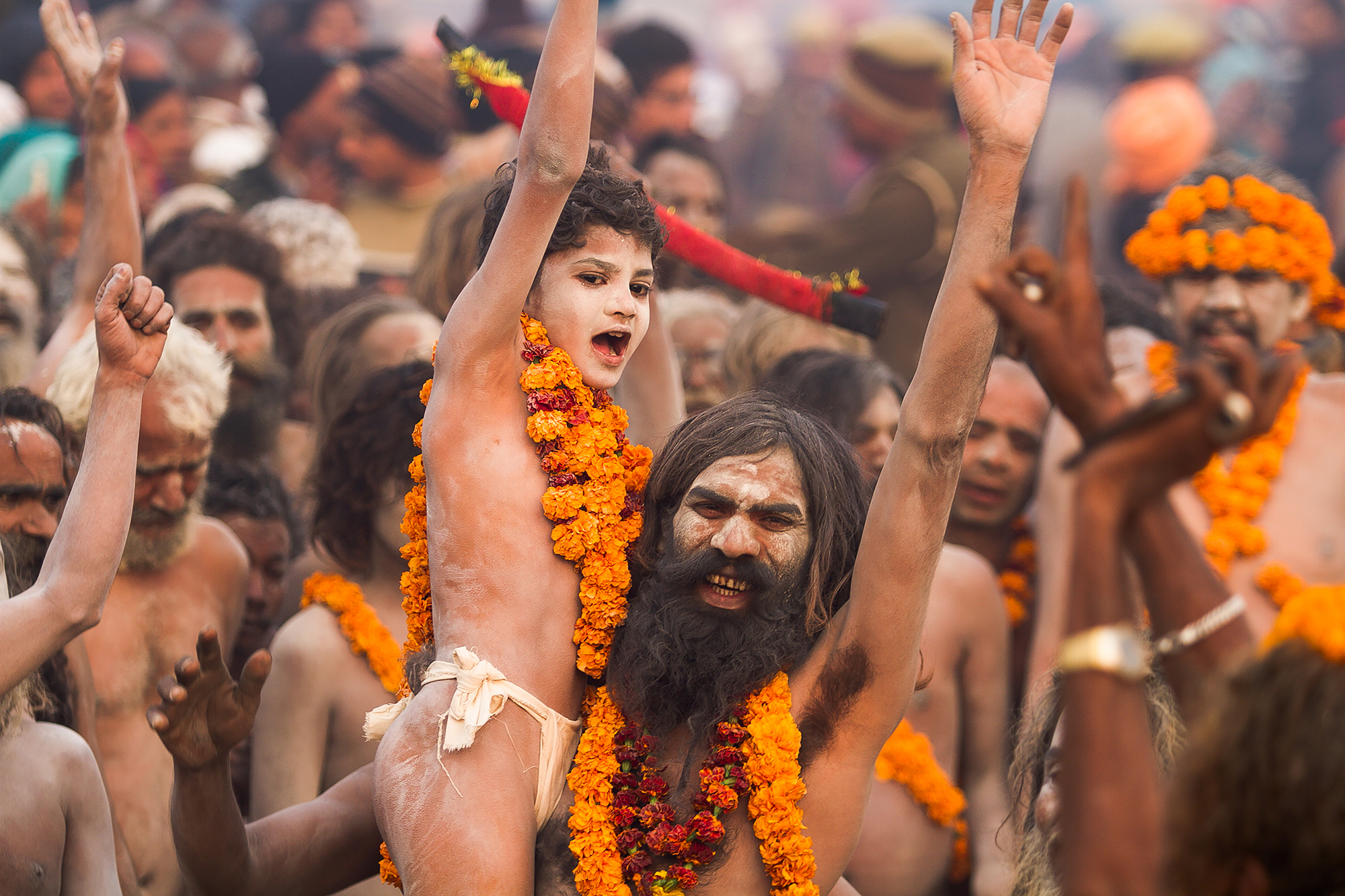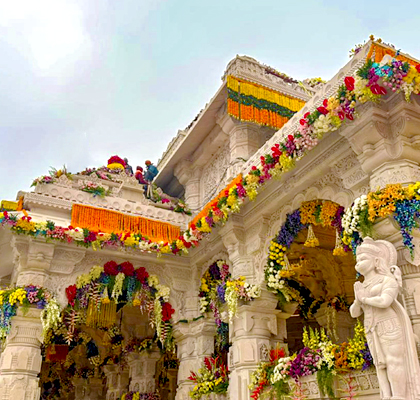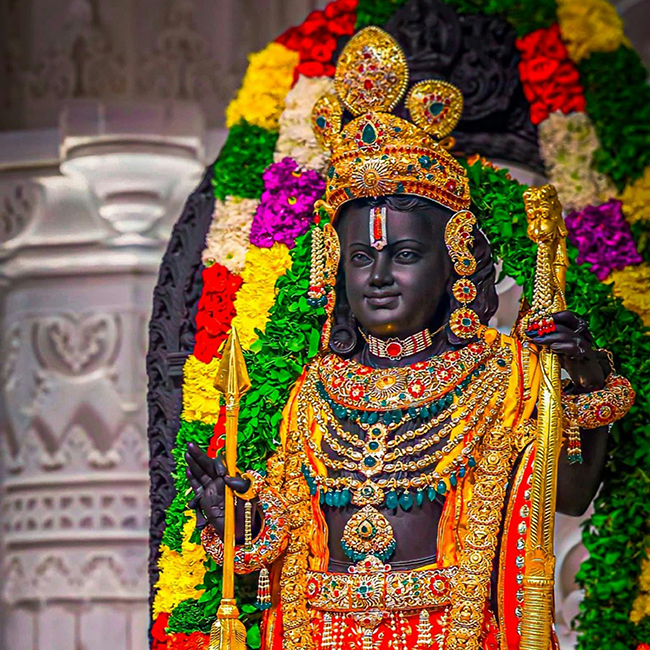

Exploring the sacred rivers of India


09 Oct 2024
Divine Rivers of India
Hinduism has always held rivers in a very high regard as symbols of emancipation, purification, and spiritual advancement. Among India’s sacred rivers, the Ganges (Ganga) and Yamuna have the most vital significance. This article will explore the mythological roots, cultural relevance, and ceremonial role of these rivers, also highlighting their spiritual importance.
Rivers have also had spiritual significance in Indian culture. Rivers represent purity, and life giving. The Ganges is the most sacred river in India and is referred to as Goddess Ganga. Rivers are called as deities and Hindus believe that bathing in the Ganges is a spiritual experience, which leads to Svarga, the paradise of Indra.
The seven sacred rivers of India are:
Ganges, Yamuna, Sindhu, Narmada, Godavari, Krishna, and Kaveri.
The Ganges River
It is thought that Lord Shiva's locks, which Bhagiratha brought to Earth out of devotion, are the source of the Ganges. The Ganges stands for spiritual regeneration, absolution, and purity.
In the Shaivite tradition, it was believed that Ganga descended from the heaven through the hair locks or ‘Jatas’ of Lord Shiva, giving him the name ‘Gangadhara’ and ‘Jatadhara’.
The Shaivites believe that Ganga originating from the heaven through the Jatas or the hair locks of Lord Shiva. Thus Lord Shiva is called as ‘Gangadhara’ and ‘Jatadhara’.
Over 500 million people live along the Ganges, and it is home to several holy places like Varanasi, Haridwar, and Rishikesh. Hindu rituals that are necessary include Ganga Aarti, Ganga Snan (bathing), and Ganga Puja (worship). Even the Ganga Jal is a really important part of individuals lives and is used for many purposes.
The Yamuna River
Yamuna is regarded as the sister of Yama, the God of Death, and the daughter of Surya, the Sun God. Yamuna is a symbol for dedication, fertility, and spiritual development.
Krishna's legend honors the Yamuna, including hallowed locations such as Mathura and Vrindavan. Yamuna Aarti, boat festivities, Raas Leela celebrations of Krishna, they have all taken place here.
Three rivers converge at the holy Triveni Sangam in Allahabad (Prayagraj) and they are Ganga, Yamuna and Saraswati.It is where the river Ganga and Yamuna intersect. Held every 12 years, the world's greatest spiritual assembly honors the holiness of these rivers.
Millions of pilgrims seeking spiritual enlightenment are drawn to both rivers. The Ganges and Yamuna rivers, which stand for expansion, devotion, and purity, are the quintessential Hindu rivers. We can appreciate the richness of India's cultural legacy and the significance of protecting these holy rivers by realizing their significance. Keeping these rivers clean, in today’s time however, is a challenge.
The Namami Gange Programme and community-led activities are hosted in response to environmental concerns raised by pollution and destruction of India's sacred rivers, especially the Yamuna and Ganges.
Hindu texts that emphasize rivers' spiritual significance and their role in human salvation and purification include the Rigveda, Mahabharata, and Bhagavata Purana. And these have put emphasis on the importance of these rivers.
The sacred rivers have also influenced India's literary, artistic, and architectural traditions; they are frequently depicted in folktales, classical literature, miniature paintings, and architectural wonders like the Taj Mahal and the Ghats of Varanasi. Further emphasizing the diversity and depth of Hindu spirituality, other holy rivers in Hinduism are Saraswati and Narmada that also have special mythological and cultural significance. They represent knowledge, wisdom, and the ability to sustain life
Leave a Reply
Explore by Categories
Most Viewed Blogs
Tags
State
















.jpg)


